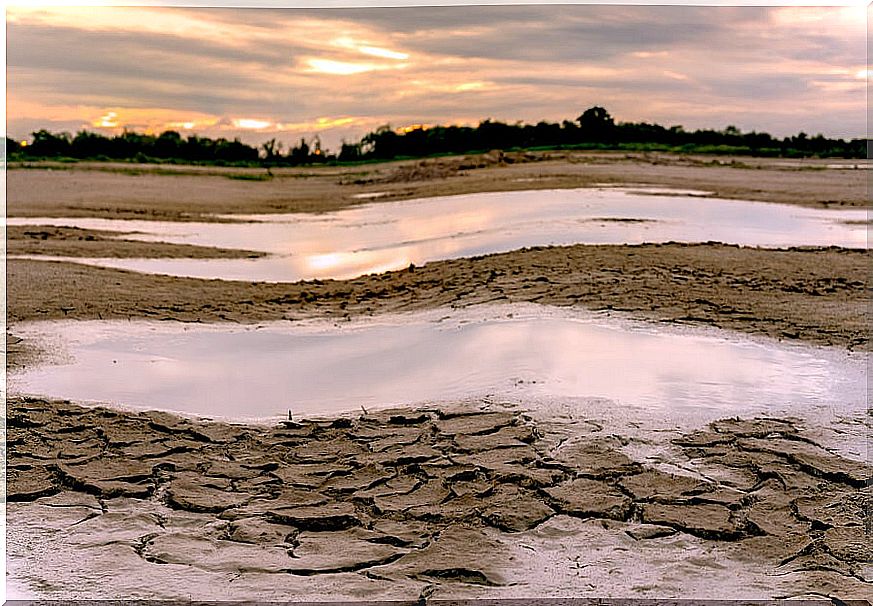World Water Day: Climate Change And Health
World Water Day is an international day that the United Nations (UN) established to raise awareness about the importance of water in the life of the planet. It is celebrated every March 22nd.
This event has been celebrated since 1992, when the United Nations Conference on Environment and Development was held in Rio de Janeiro. There, world public policies on the environment were outlined that to this day have an impact.
Two important milestones that continued the theme of World Water Day were 2013, which was declared the International Year of Cooperation in the Water Sphere, and the decade that proposed water as essential for sustainable development, between 2018 and 2028.
This year on World Water Day the liquid element is linked to climate change. The transformations that humans generate on the globe are affecting the availability of water, and that is catastrophic for health.
Climate change as a health problem
The world population has grown exponentially. This growth is coupled with improper and irresponsible resource management, leading to gigantic changes in the climate.
World Water Day is related to climate change because droughts and floods are part of climate change. Likewise, the contamination of watercourses affects the health of the populations that live near them and those that use these bodies of water for their subsistence.
An important issue in climate change is precisely the modification of the world’s average temperature. The planet has warmed in the last hundred years. According to scientists’ measurements, the average temperature is almost 1 ° C higher than 130 years ago, and the last decade has been the hottest since 1850.
The increase in global temperature is explained by human activity that uses fuels that pollute the atmosphere. These fuels generate toxics that produce greenhouse effect.
The higher the heat, the lower the general availability of water, favoring droughts. Nature’s response to this is flooding, with torrential rains in cyclical episodes that overwhelm human structures.

Heat waves in the context of climate change
On World Water Day we should not talk about droughts, but climate change forces us to do so. And droughts are related to the heat waves that make so many people sick each year.
Europe suffers from nearly 70,000 heat wave deaths annually. These are usually elderly or chronically ill people who have dysregulations in their kidney systems. The mechanism that explains the death is extreme dehydration.
People without proper access to drinking water also become dehydrated. In countries with scarce resources, especially in the tropical fringes, the increase in temperature without the availability of safe water for consumption is lethal.
No less important is the effect of high heat on gases in the atmosphere. Some substances in the air increase their proportion when the temperature is high, and can be harmful. Cardiovascular patients, for example, are made worse by ozone air pollution.

Water and infections
The contamination of the water and the torrential rains that flood favor infections and the transmission of pathogens. This is also related to the seasonal change that makes the seasons different.
On World Water Day, it should be remembered that infections continue to exist, although chronic non-communicable diseases have been the focus of late. Mosquito-borne diseases, such as dengue or Zika, and parasitic diseases such as schistosomiasis, take advantage of the water problem.
Lack of water, on the other hand, is a key factor in transmission and contagion. Without going any further, in the current coronavirus outbreak , hand washing with soap is enacted as an indispensable measure to stop the pandemic. Many places on the planet do not have running water to meet this basic prevention.
Our health on World Water Day
World Water Day is an opportunity to think about our global health. We live in communities and it is our social relationships that define us as a population. It is everyone’s responsibility to take care of the water so that no one is missing and so that it is not contaminated.









